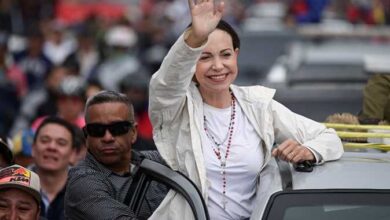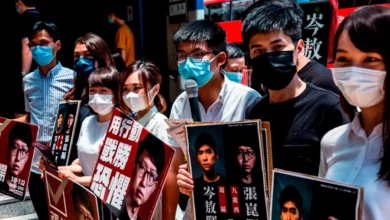The Egyptian revolution of 25 January, 2011 raised a slogan supported by all Egyptians regardless of their political and intellectual leanings. They called for a “modern civil state” characterized by “freedom, social justice, and human dignity.” The goals were clear: no authoritarianism, no military rule, and no religious rule.
The practical implementation of these goals–as evidenced by all of the major revolutions in ancient and contemporary histort–entails the establishment of a liberal democratic system. The modern civil state is not only attained through democracy in its classic sense of party pluralism and a transfer of power through free and fair elections. A modern civil state must also be built on clear liberal principles, such as citizenship, a principle which must be established without discrimination. In addition, personal liberties–at the public, political, and personal levels–must be protected. Finally, a modern civil state must guarantee a diverse, free media that represents all political orientations.
A liberal system must also guarantee the existence of peaceful political parties that do not exclude any political current or restrict any particular frame of reference. A liberal system must not restrict the freedom to establish political parties of varying political and ideological orientations, as is the case in most authoritarian regimes. Such regimes have relied on a populist frame of reference, either through the creation of a single party that claims to represent all political currents or through weak party pluralism and token elections. The same applies to theocratic regimes (characterized by totalizing religious ideologies), such as Iran. These regimes rely on restrictive pluralism with a single religious frame of reference and the exclusion of liberal and secular political currents.
The liberal dimension thus becomes a decisive factor for the success and sustainability of any future democratic experiment.
Before the fall of the old regime, several social and political protest movements emerged. In addition, various opposition movements–inside and outside the formal party structure–formed political fronts that included liberals, secularists, Islamists, nationalists, Nasserists, and leftists. These groups were united on one goal: bringing down the authoritarian regime. This goal was achieved, but the situation is different now. Democratic experiments must embrace political diversity in order to establish real political pluralism that represents all political forces without exclusion or discrimination.
The current political situation indicates that the Islamist current is thebest organized and the least divided, be it with regards to its intellectual frame of reference or its political program. Other political forces might not be equally cohesive. Leftist and nationalist political currents are undoubtedly in need of re-formulation and unification in order to have its due chance at political representation in any future democratic experiment.
The main call here is for the liberal, secular current, which believes in individual liberties, renewal, and a common human heritage. This current is currently divided, not only intellectually, but also organizationally and politically. Despite the fact that it represents a large sector of elites (not represented in parties), its political representation does not match its intellectual cohesion.
As a result, the upcoming period must produce a liberal political grouping that includes a large number of independent liberal figures from various fields. This grouping must also integrate existing liberal parties as well as any new liberal groups. Any divisions and competition among these groups must be avoided if the current is to receive its due representation. Such a current would revive the principles of liberalism that emerged in Egypt’s first liberal era, and would actively contribute to forming Egypt’s future.
The existence of different Islamist, leftist, and liberal political forces does not mean that there is no agreement among these groups. Indeed, these groups share a common ground, especially with regard to basic democratic change. As in any democracy, however, these diverse groups have political differences when it comes to domestic and international policies.




